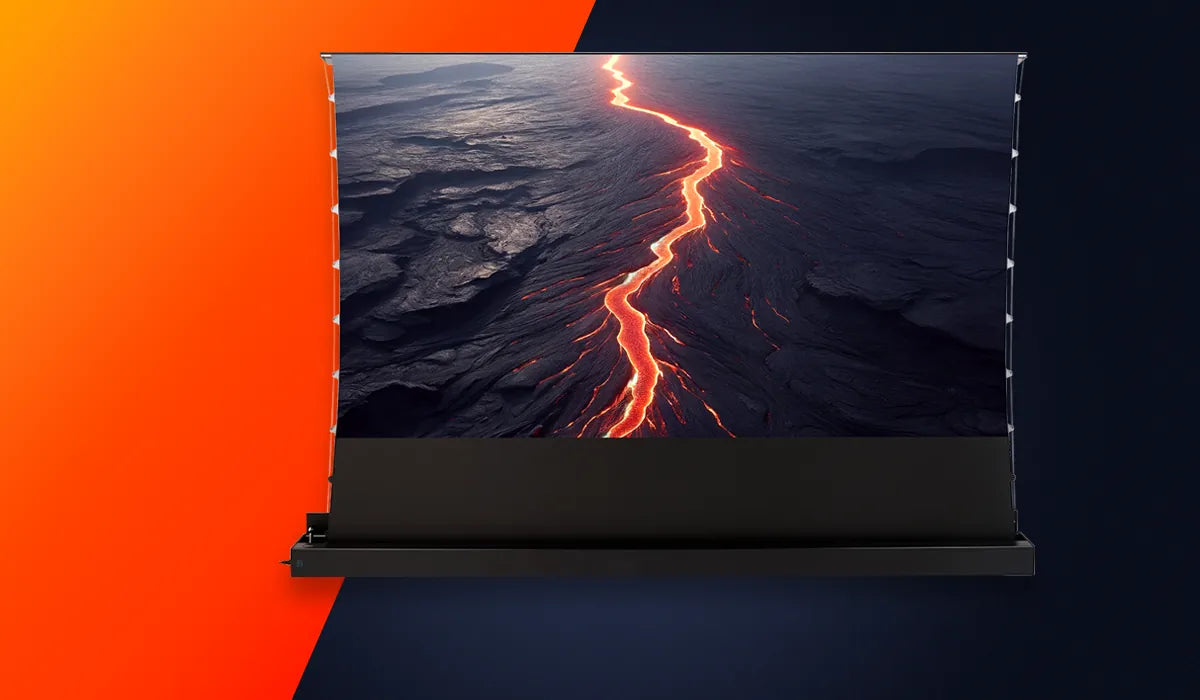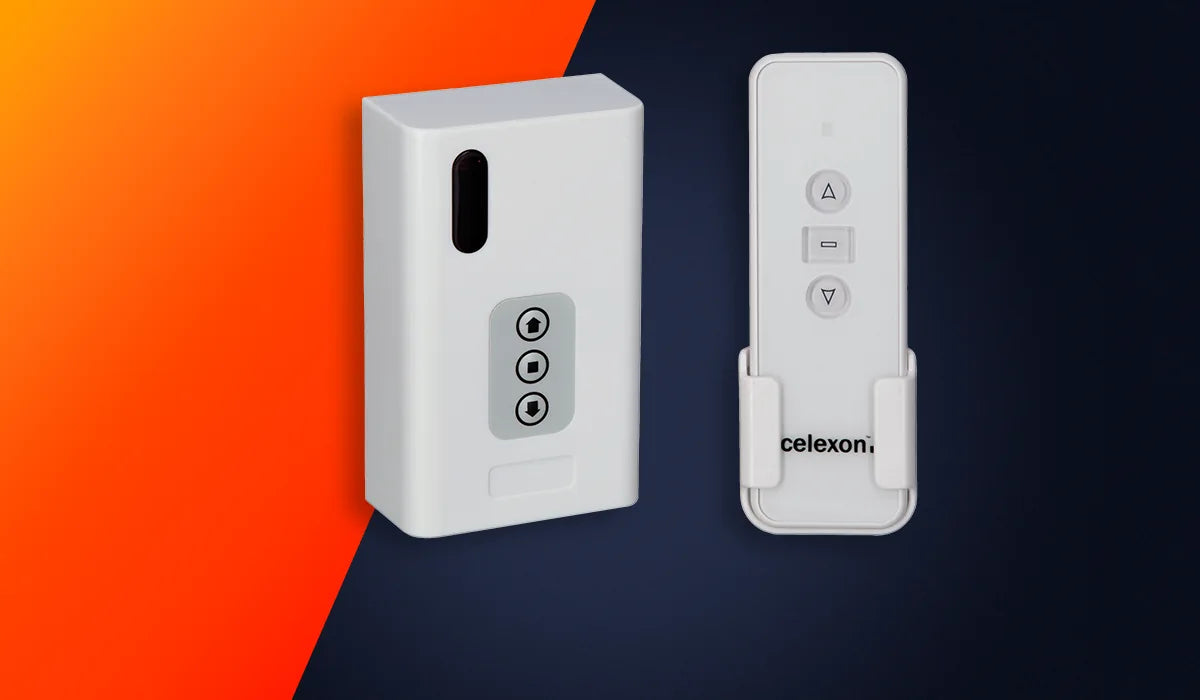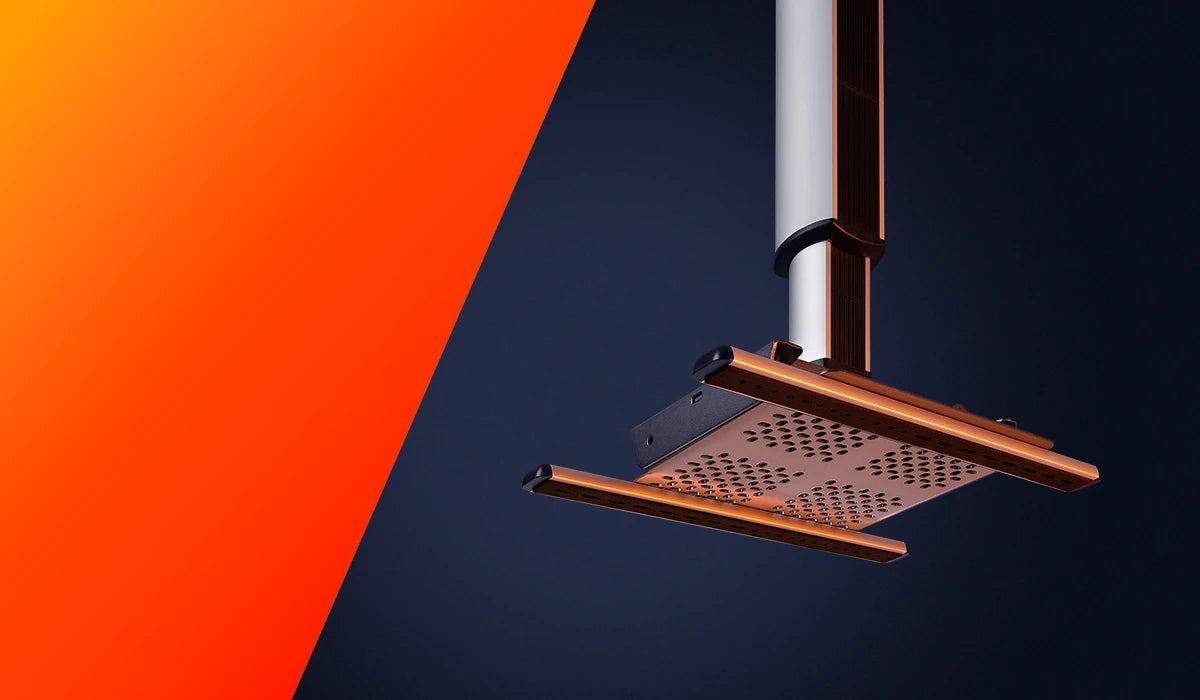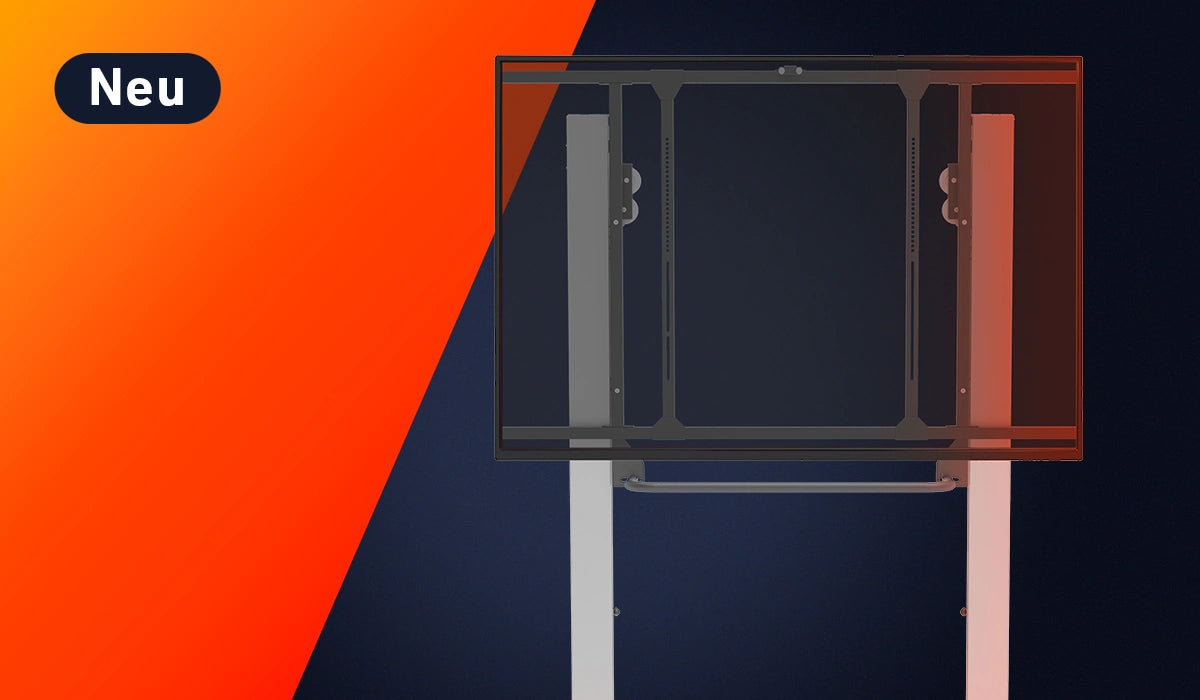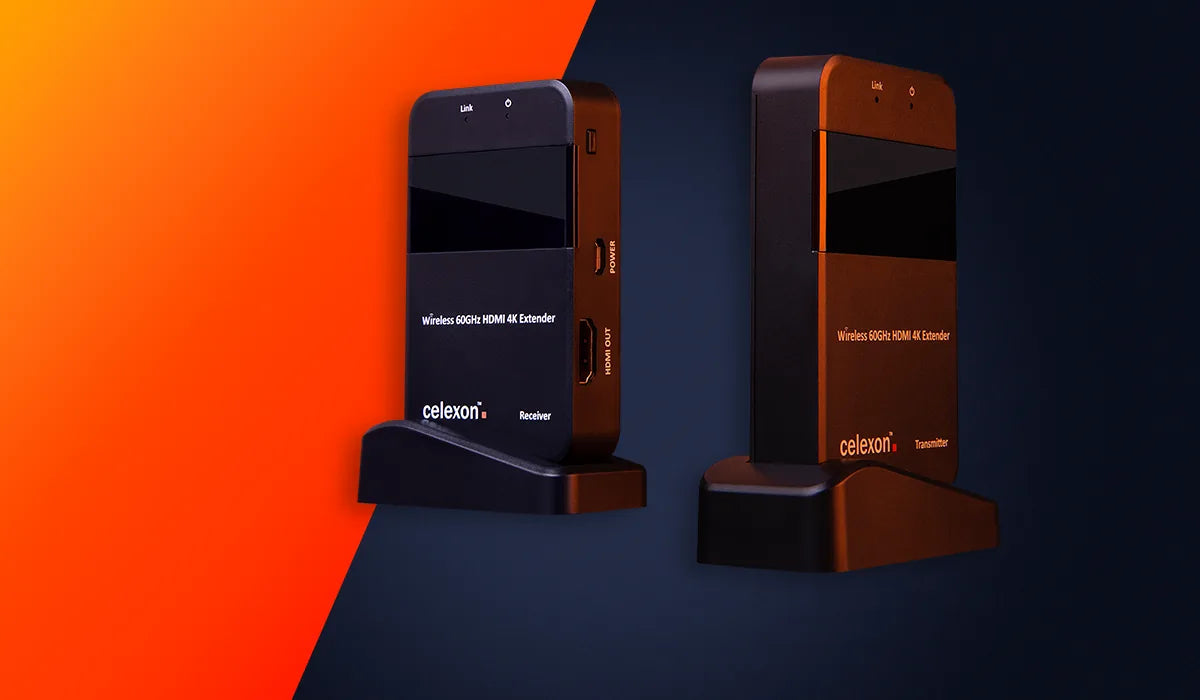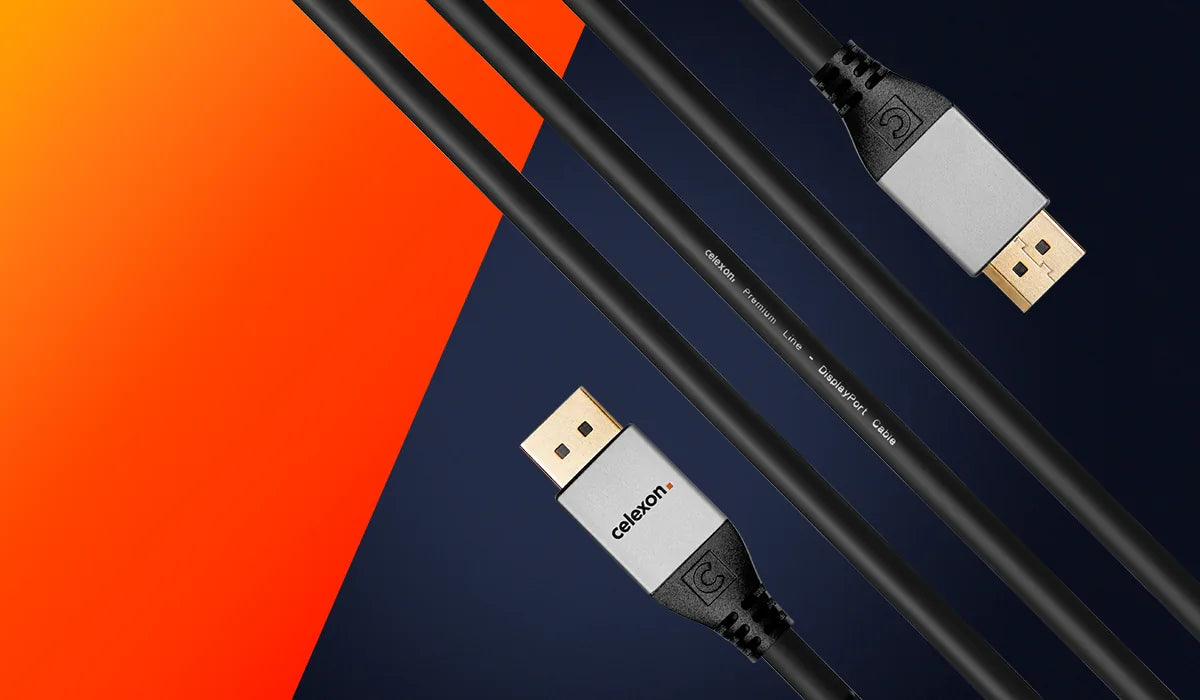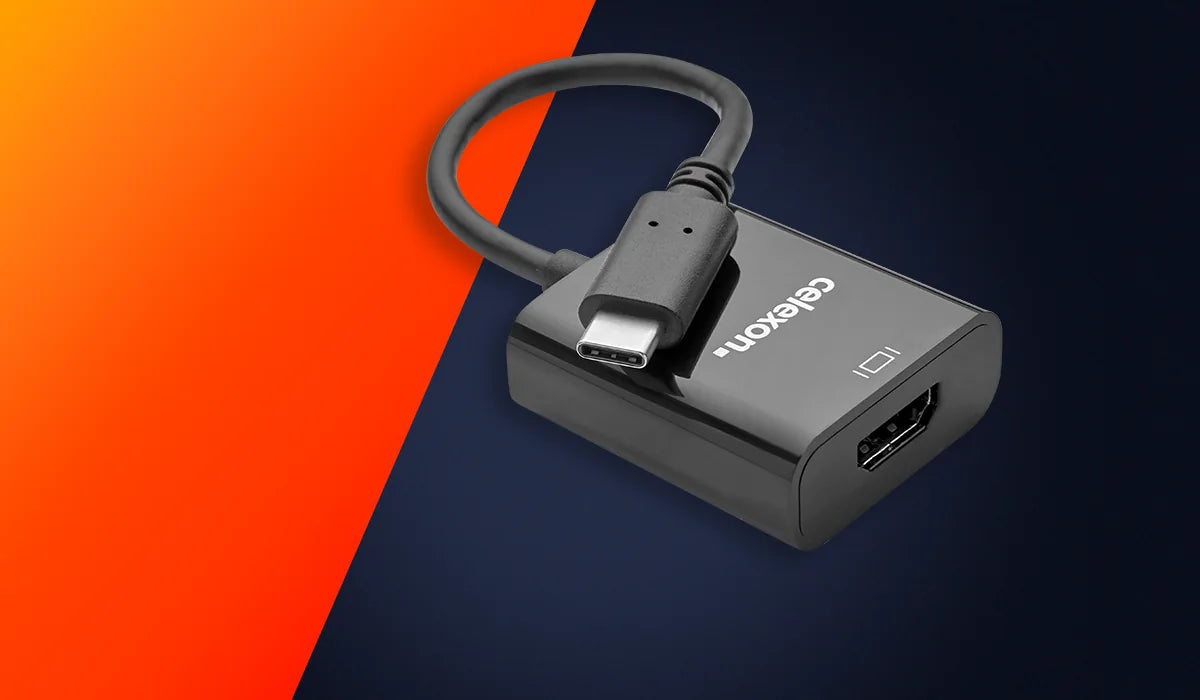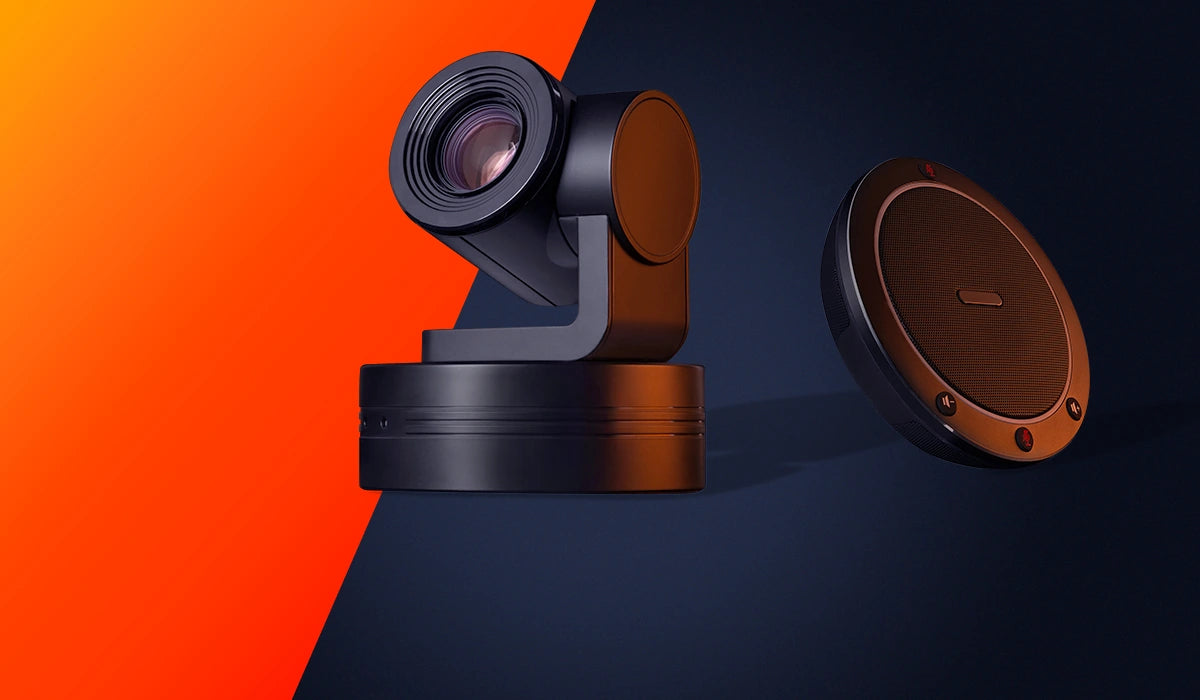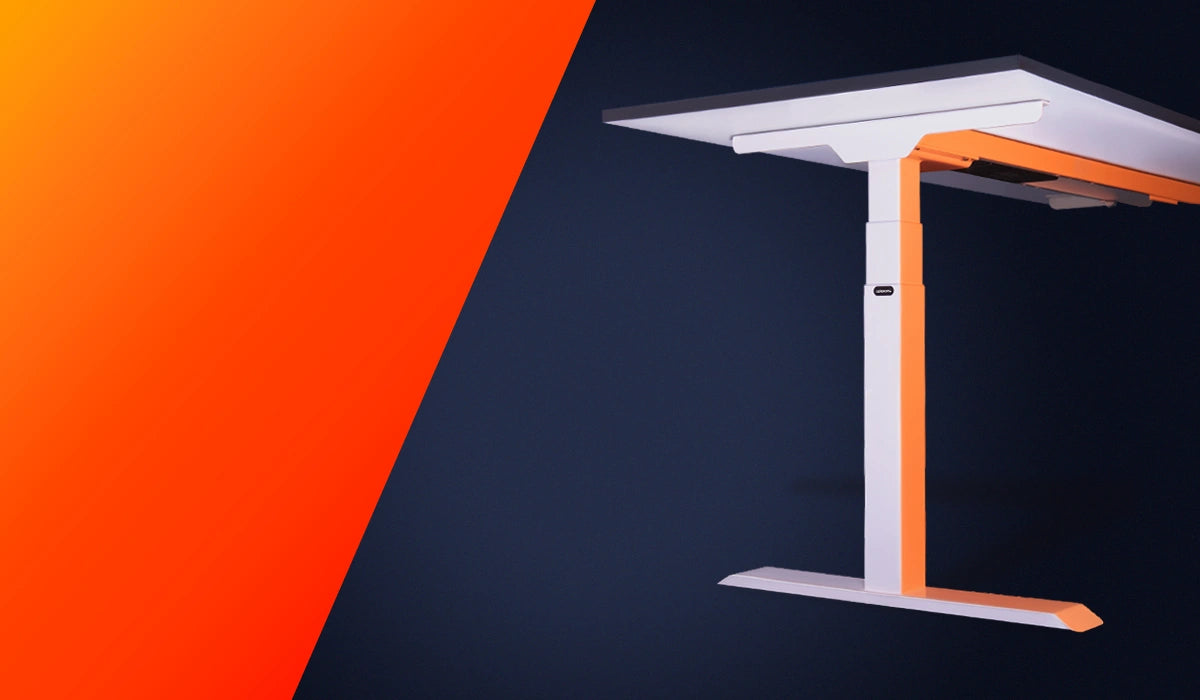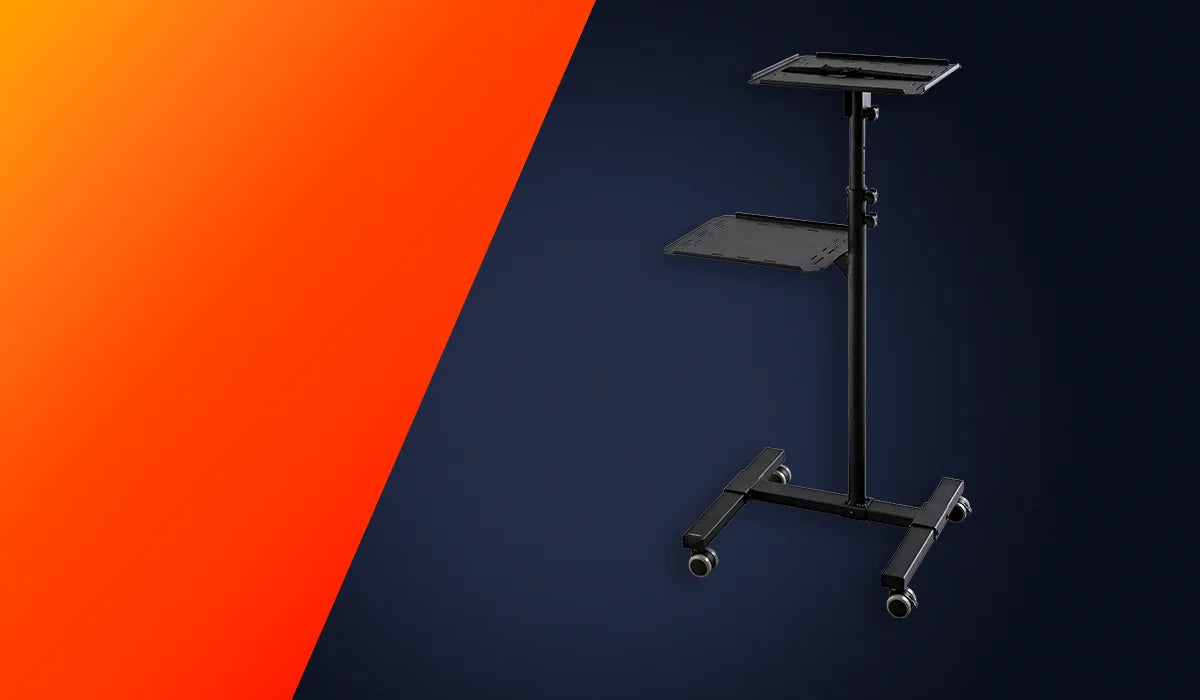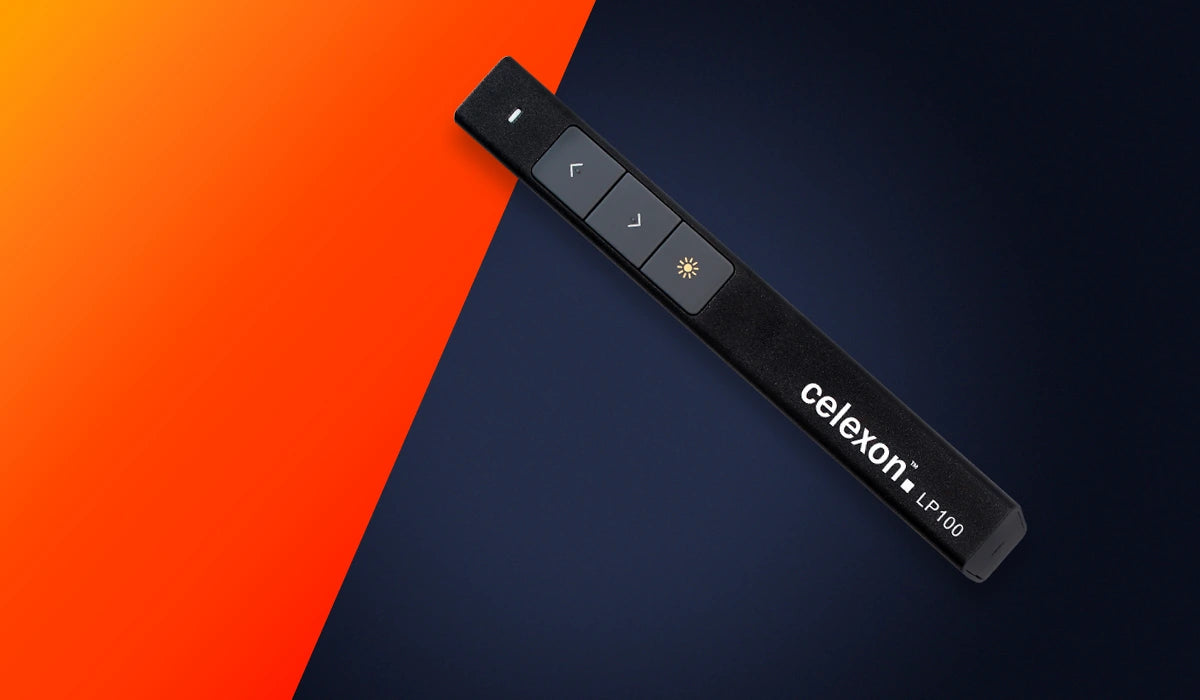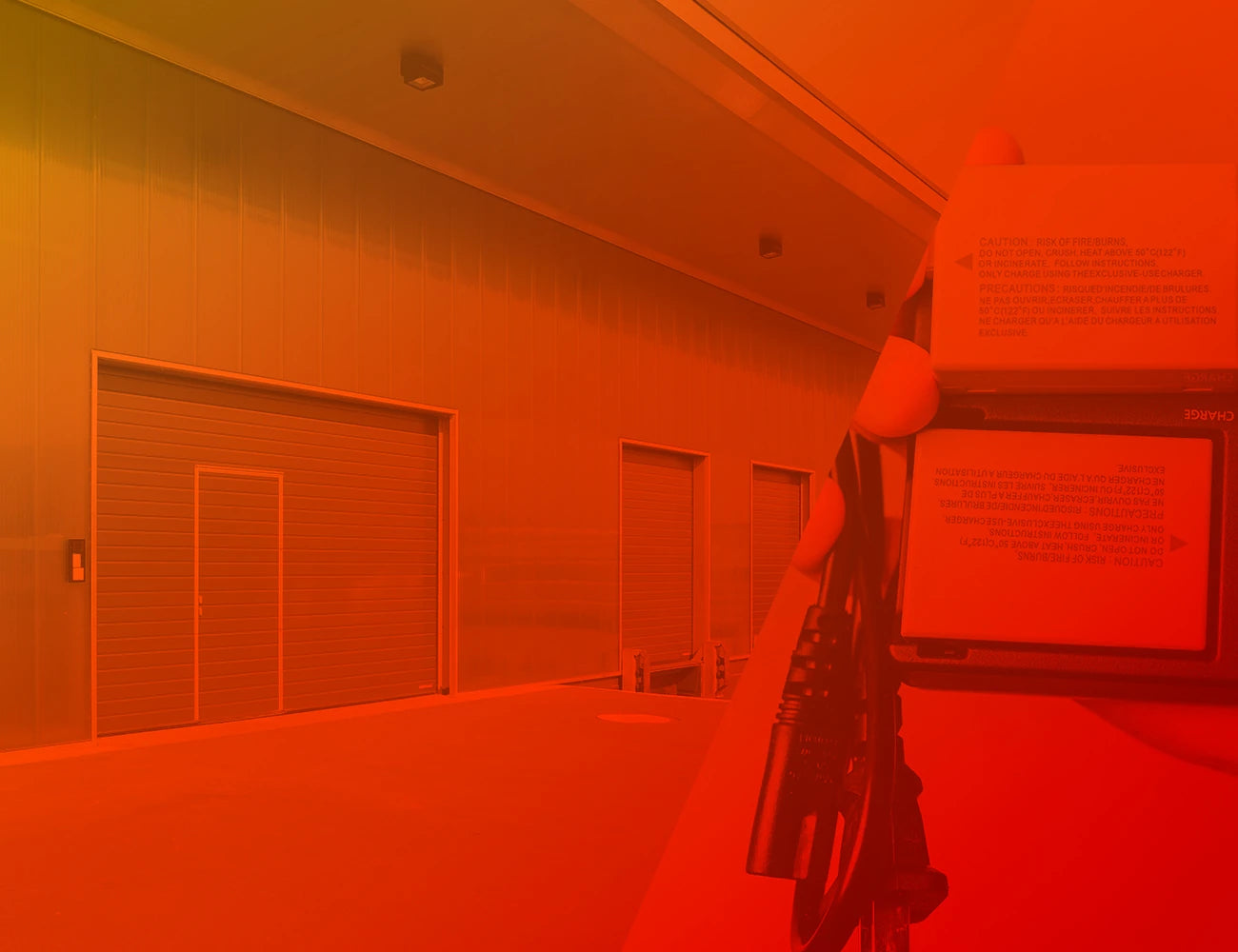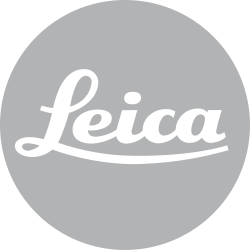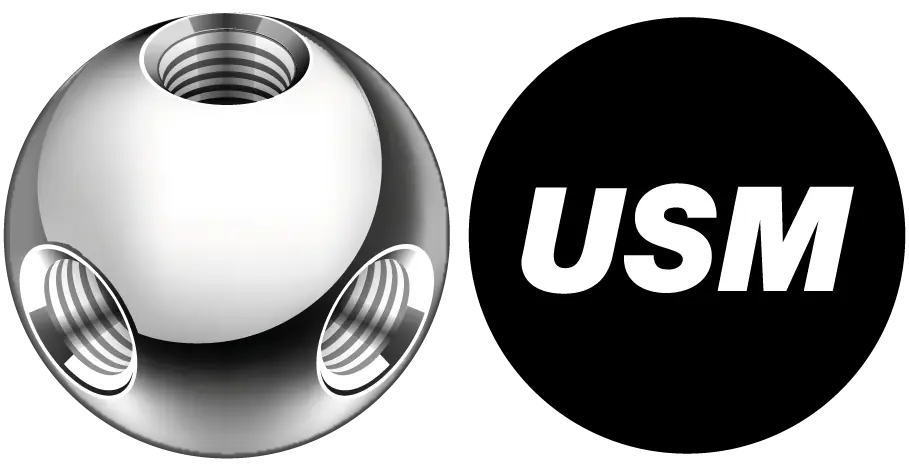In Germany – and worldwide – environmental protection plays a central role in many debates and projects. Improper disposal of waste, especially batteries and accumulators, can cause significant damage and have serious consequences for our environment. Those who dispose of batteries with household waste risk severe contamination of soil and groundwater with far-reaching consequences. Plants and animals are exposed to considerable dangers, and harmful chemicals can destroy entire ecosystems.
Many of the devices we ship contain batteries. Therefore, we would like to draw your attention to the following points in accordance with the Battery Act and the Electrical and Electronic Equipment Act.
You can find information about disposal, return, and information costs at:
https://www.batterie-zurueck.de/de/bewirtschaftungvonaltbatterien/
Information pursuant to the Electrical and Electronic Equipment Act
In Germany, there are clear legal regulations for the disposal of rechargeable batteries, aimed at reducing environmental pollution. Both manufacturers and consumers share an important responsibility in this regard. Those who violate these regulations may face penalties — this ensures environmentally sound disposal and helps protect our natural environment.
As we distribute electrical and electronic devices, we are required to inform you of the following:
Obligation to remove used batteries, rechargeable batteries, and lamps
You must remove used batteries, rechargeable batteries, and lamps that are not enclosed by the old device and can be taken out without destruction from the old device before handing it over to a collection point.
Take-back obligation
In accordance with §17 (1) and (2) of the Electrical and Electronic Equipment Act (ElektroG), we are obliged to take back old electrical and electronic equipment under the following conditions:
free of charge1:1 take-back
free collectionCategory 2 (screens, monitors, and devices with screens larger than 100 cm²) and Category 4 (devices with at least one external dimension greater than 50 centimeters).
Categories 3 (lamps), 5 (small devices), and 6 (small IT and telecommunications equipment), as well as for old devices with no external dimension larger than 25 centimeters, we ensure 1:1 take-back through suitable return options within a reasonable distance.
You can find an overview of which devices fall under each category here:
https://www.ear-system.de/ear-verzeichnis/sammel-und-ruecknahmestellen#no-back
free of charge at our retail store or in its immediate vicinity; this take-back is not linked to the purchase of a new electrical or electronic device and is limited to three old devices per device type (the so-called 0:1 take-back).
Return options at celexon
We offer the following return options:
You can return old electrical devices to us via our logistics service provider UPS. For this purpose, we will provide you with a free return label, which you can request by email at info@celexon.com.
Please send the old device to the following address:
celexon Europe GmbH
Electronics recycling / Old device
Gutenbergstraße 2
48282 Emsdetten
Germany
Please ensure that the device is properly packaged for shipping so that breakage is avoided and mechanical compression or damage is prevented. The acceptance of old devices may be refused if contamination poses a risk to human health or safety.
For the products listed under section 1.a), you also have the option of having your old electrical or electronic devices collected by our logistics service provider UPS. We will inform you about the exact collection conditions during the ordering process.
You are solely responsible for deleting any personal data from the device before returning it.
Further information can also be found at https://e-schrott-entsorgen.org.
In Germany, awareness of environmental and climate protection is steadily increasing. Therefore, it is of great importance that we all take responsibility and dispose of waste properly — especially batteries and rechargeable batteries. These must never be thrown into household waste, as they contain hazardous substances such as lead or mercury. Improper disposal — for example, throwing them in residual waste or into nature — can have serious consequences: pollutants can seep into the soil and groundwater, endangering animals, plants, and ultimately our drinking water.
Careful handling of waste is a crucial step in reducing environmental impact. As one of Europe’s leading countries, Germany actively promotes sustainable practices — from encouraging recycling to reducing waste volumes. In addition, continuous legal measures are being taken to further strengthen environmental protection. Whether through the expansion of renewable energies or stricter waste disposal regulations, Germany is consistently working to achieve its ecological goals and serve as a model for other nations.
Battery Recycling: A Step Toward a Sustainable Future
To sustainably reduce the negative impact on our environment, Germany is increasingly implementing consistent recycling measures. The extraction of new raw materials for battery production is not only limited but also associated with significant environmental pollution and high energy consumption. Therefore, it is of great importance to reuse existing materials and reduce the overall amount of waste.
Through effective recycling initiatives, the consumption of valuable resources can be significantly reduced while minimizing the strain on our environment. Nature provides us with a wealth of resources. It is our responsibility to use them carefully and sustainably to avoid ecological damage.
However, successful change can only be achieved together: each individual can contribute by properly separating waste and actively incorporating recycling into everyday life. Companies and manufacturers are also called upon to make their production processes more environmentally friendly and to increasingly use sustainable materials.
Information on Batteries / Rechargeable Batteries
Every consumer is legally required to return used batteries and rechargeable batteries for proper disposal.
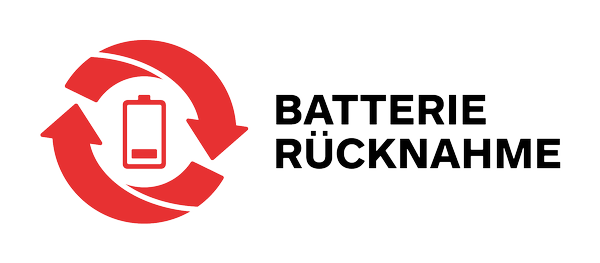
Used batteries and rechargeable batteries that are not enclosed within an old device must be separated from the device before handing it over to our logistics service provider UPS.
After use, they can be returned free of charge to a public collection point or wherever batteries and rechargeable batteries are sold.
You can also return your used batteries and rechargeable batteries — that we currently or previously sold as new — free of charge and in household quantities to the following address:
celexon Europe GmbH
Battery Recycling / Disposal
Gutenbergstraße 2
48282 Emsdetten
Germany
Types of Batteries and Their Components
There are various types of batteries, including lithium-ion (Li-Ion), nickel-metal hydride (NiMH), and alkaline batteries. Since these different battery types contain various harmful components such as lead and mercury, improper disposal can contaminate the environment.
It is therefore essential to be aware of the lifespan and energy efficiency of the different battery types in order to use and dispose of them in an environmentally friendly way.

Do you have questions?
If you have any questions about us or our products, our experts will be happy to help you.
Contact us!
